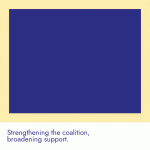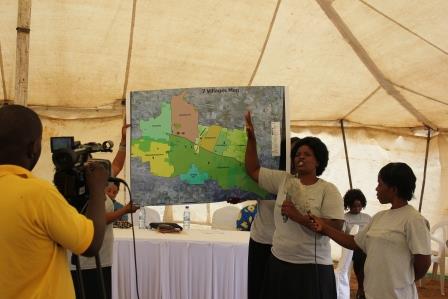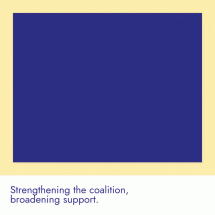The Mungule chiefdom in Chibombo district near Lusaka, Zambia is one of the areas where there is low land ownership and access rates by women within customary and informal contexts.The Chiefdom is currently implementing the integration of the Social Tenure Domain Model (STDM) into its customary and land administration process with the aim of empowering women and girls on land and natural resources issues; this is being done with support from the UN-Habitat/GLTN, Huairou Commission, Peoples Process on Housing and Poverty, Zambian Homeless & Poor Peoples Federation, Katuba Women’s Association and Child Fund. This intervention should inform necessary changes in land adminitration practice in both customary and official land regimes.The launch ceremony for the issuance of traditional Land Certificates of Occupancy program in seven of its villages was held on December 18, 2015 at the Mutakwa School Grounds. It was attended by representatives from the Ministry of Lands, the Surveyor-General’s Office, the local Member of Parliament, other partner organizations and village members.

STDM is one of GLTN’s pro-poor, participatory and affordable land tools which was developed to bridge the gap between formally registered land and land that is not registered. It not only serves as a community-mapping tool with the potential to support communities but also the social tenure, the men and women’s relation to that land and the built structures within the community.
Earlier, in December 16-17 of2015, a hands-on exercise to guide the STDM Team on the development of the Certificate of Occupancy was conducted by John Gitau from UN-Habitat/GLTN. The team was able to design the final template of the Certificate of Occupancy which captures the map of the plot being occupied, its area, list of household members, their tenure type (such as joint ownership with spouse, child of owner) and a photo of the household. Signatories to the certificates include the Chieftains, Village Headperson and a member of the STDM Committee. The key difference between the certificates and title deeds is that rights cannot be transferred from the persons listed in the certificate to other persons and the Village Chieftains have the right to issue the Certificates of Occupancy.

Conducted simultaneously with the hands-on exercise were consultations with the STDM Committee and the Technical Advisory Team regarding the process on the issuance of the traditional Certificate of Occupancy. It is expected that the issuance of certificates in all the seven villages in Mungule Chiefdom is will be completed by mid 2016.












